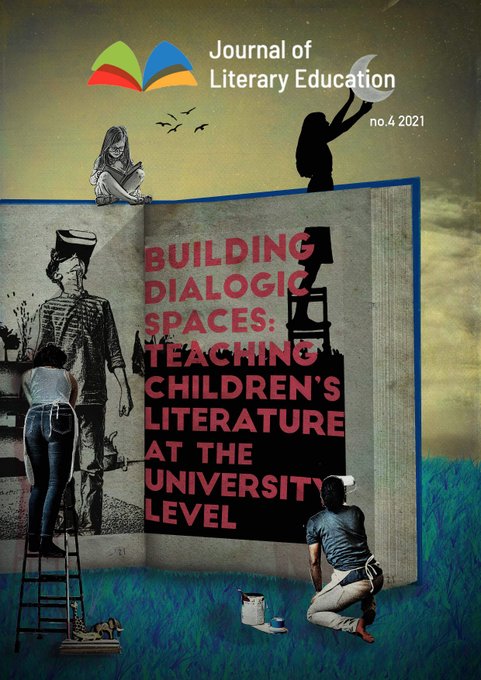Editorial: Teaching Children’s Literature in the University: New Perspectives and Challenges for the Future
DOI:
https://doi.org/10.7203/JLE.4.21403 Abstract
Abstract
Children’s literature is an area of frequent scholarship, reflecting its influential position in telling stories, developing literacy, and sharing knowledge in many cultures. At its best, children’s literature is transformative in the lives of children and their adult reading companions, and as such plays an important role in society. Indeed, in the last several decades, children’s literature has become an important focus of teaching and research in centres for literature and literary criticism, education, and library/information sciences in universities across the world. Much has been written about the historical undervaluing of children’s literature and research in this area (e.g., Nikolajeva, 2016). While there is considerable literature concerning the teaching of children’s literature in primary and secondary classrooms (e.g., Bland & Lütge, 2012; Arizpe & Styles, 2016; Ommundsen et al., 2021), there has been relatively little scholarship on the pedagogy involved in teaching children’s literature in a university setting with two notable exceptions. Teaching Children’s Fiction edited by Robert Butler (2006) presents eight chapters by experienced children’s literature teachers and scholars, mostly from Britain, concerning intellectual and educational traditions in children’s literature studies and teaching, sharing and discussion of teaching practices, and providing resources for teachers in this field. A Master Class in Children’s Literature, edited by April Bedford and Lettie Albright (2011), offers chapters in which children’s literature professors from across the United States of America share and reflect on their practice in relation to the structures of children’s literature courses, the characteristics and elements of children’s literature, and future trends and challenges in the teaching of children’s literature.
 Downloads
Downloads
Downloads
Published
-
Abstract883
-
PDF428
Issue
Section
License
![]()
This work is licensed under a Creative Commons Attribution-NonCommercial-NoDerivatives 4.0 International License.
Authors who publish with this journal agree to the following terms: Authors retain copyright and grant the journal right of first publication with the work simultaneously licensed under a Creative Commons Attribution License that allows others to share the work with an acknowledgement of the work's authorship and initial publication in this journal. Authors are able to enter into separate, additional contractual arrangements for the non-exclusive distribution of the journal's published version of the work (e.g., post it to an institutional repository or publish it in a book), with an acknowledgement of its initial publication in this journal. Authors are permitted and encouraged to post their work online (e.g., in institutional repositories or on their website) prior to and during the submission process, as it can lead to productive exchanges, as well as earlier and greater citation of published work (See The Effect of Open Access).



